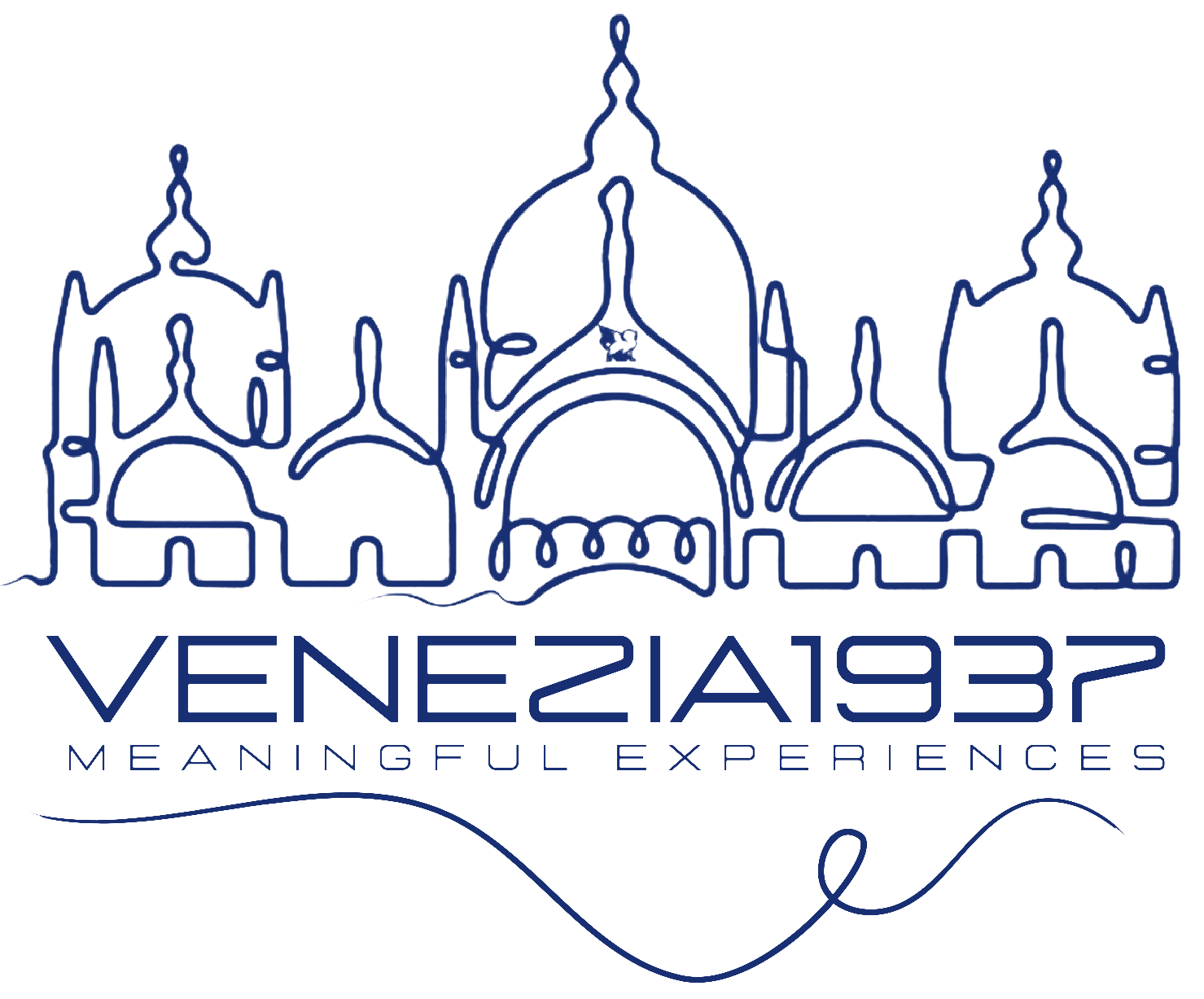One of Venice’s most iconic events is undoubtedly its Carnival, which every year cheers up the squares and calli every year, attracting tourists from all over the world. The city is filled with bizarre costumes and masks, transforming itself into a place of celebration, performances, and music.
The origin of the event and the curious anecdotes that marked its history still fascinate many people today and have their origins in the splendor of the Serenissima Republic.
In this article we tried to tell the story of the Carnival of Venice, dividing its history into five main points. Let us discover them together!
1 A POLITICAL AND SOCIAL TOOL
The first mention of the ” Carnival ” term is found in a document of Doge Vitale Falier, dated 1094, referring to “public entertainments.”.
Only in 1296, however, it became an official holiday when, by an edict of the Senate of the Republic of Venice, the day before the beginning of Lent was declared a holiday. Its history, in any case, refers to very ancient traditions.
The Carnival of Venice took its inspiration from the pagan rituals of Greco-Roman times, which involved the use of masks: the Greek Dionysia and the Saturnalia of Ancient Rome. In the first ones, the purpose of the religious rituals was to join human beings with nature by means of processions and theatrical performances; in the second ones, the social order was subverted with unrestrained festivals in which there was no difference between slaves and free citizens.
Venice revised these rituals by making them a political and social tool. In fact, the Serenissima needed to constantly monitor the city, which could sometimes become a place of protests, riots, and discontent.
By allowing a period of celebration and student spirit, the Republic allowed the population to unleash itself in a seemingly controlled and nonviolent manner. Respect for strict customs, which included division into social classes and strict Catholic morality, was momentarily interrupted to make way for absolute fun.
2 THE MASKS AND SHOWS
All kinds of events were organized during the Carnival of Venice: performances by jugglers, acrobats and musicians caught the attention of Venetians to such an extent that even economic activities were pushed into the background.
For centuries the celebrations lasted full six weeks, from December 26 to Ash Wednesday, cheering up the city with wild parties.
A strong relationship between theater and carnival also soon developed, since in addition to large outdoor parties, performances of various kinds were organized in theaters and private homes, in the name of transgression. Sumptuous masquerade balls were held in elegant aristocratic palaces, marking the beginning of Venice’s traditional masked parties.
3 THE ISSUES OF PUBLIC SAFETY.
Leaving the city at the mercy of excesses, however, also caused public safety issues. Indeed, the number of crimes, such as theft, violence, and vandalism, increased considerably during the days of the event. Criminals could act easily, disguised behind masks and costumes, confident that they would have not be identified and could disappear among the festive crowd.
Over the centuries, numerous measures were adopted to prevent the perpetration of crimes during Carnival. These measures included the prohibition of circulating with a mask at night, from 1339; the prohibition of entering sacred places while wearing a mask, from 1458; and the prohibition of going to gambling houses, masked, from 1703.
4 THE GOLDEN AGE AND DECLINE
The popularity of Carnival reached its peak in the eighteenth century.All European countries were attracted by the atmosphere of festivity and excess that enlivened Venice during the days of the event, making it a real attraction for nobles and travelers. This was also thanks to the simultaneous development of the “Public Gaming House”: the world’s first gambling house, founded in 1638 and the ancestor of today’s Venice Casino.
The fall of the Republic of Venice by Napoleon in 1797 also marked the fall of the Carnival, so much so that the last historical edition was held in that year. After that, all events associated with it were prohibited, except for private parties and the Ballo della Cavalchina alla Fenice, a masquerade party dating back to the early nineteenth century. The prohibition of Carnival-related festivities and the socio-political vicissitudes that affected Venice in the decades to come resulted in its disappearance for almost two centuries.

5 THE CONTEMPORARY CARNIVAL
After a long period of absence, in 1967, Carnival parades began to be organized again in Venice, with masks and costumes, bringing back a centuries-old tradition.
Later, in 1979, a program was drawn up to involve the entire citizenship in the festivities and thus return to the ancient glories of the historic Carnival of Venice. This formula undoubtedly met great success, with programs full of fun, color and charm, which still today make the Carnival an unforgettable event both for tourists and local people.
Photo by Pascal Riben on Unsplash
